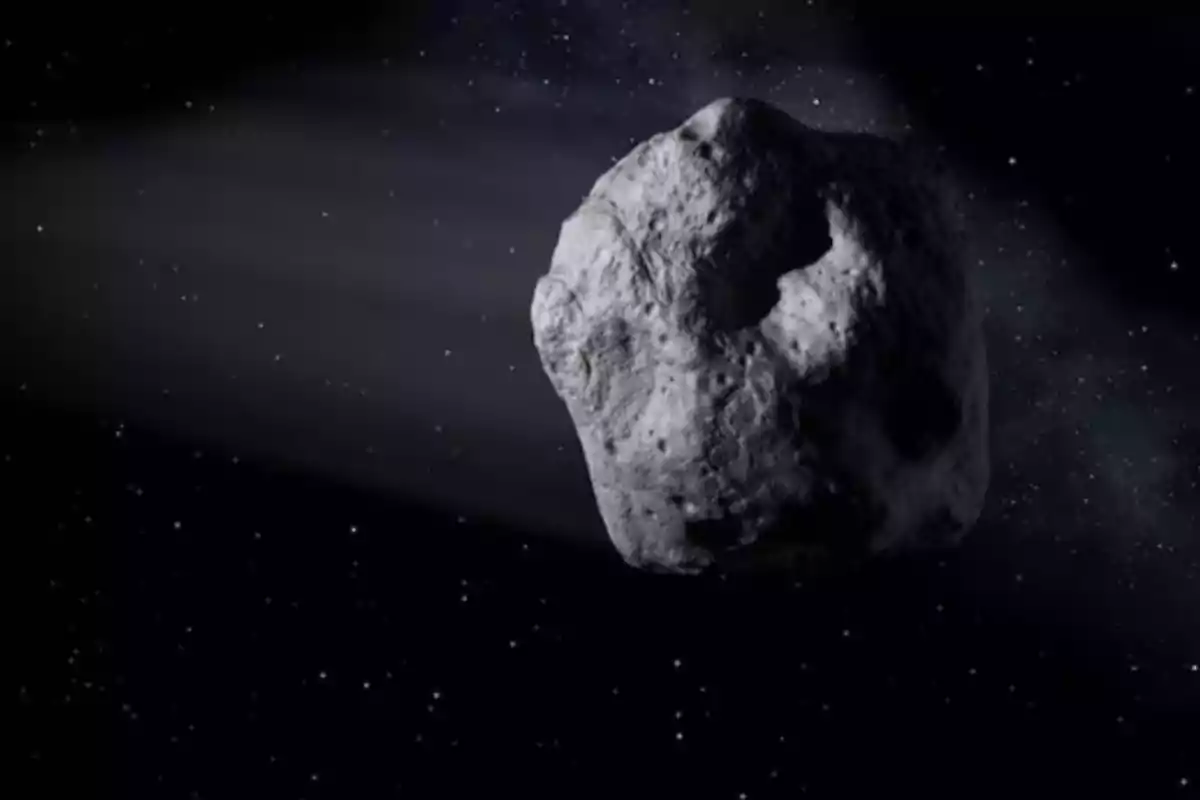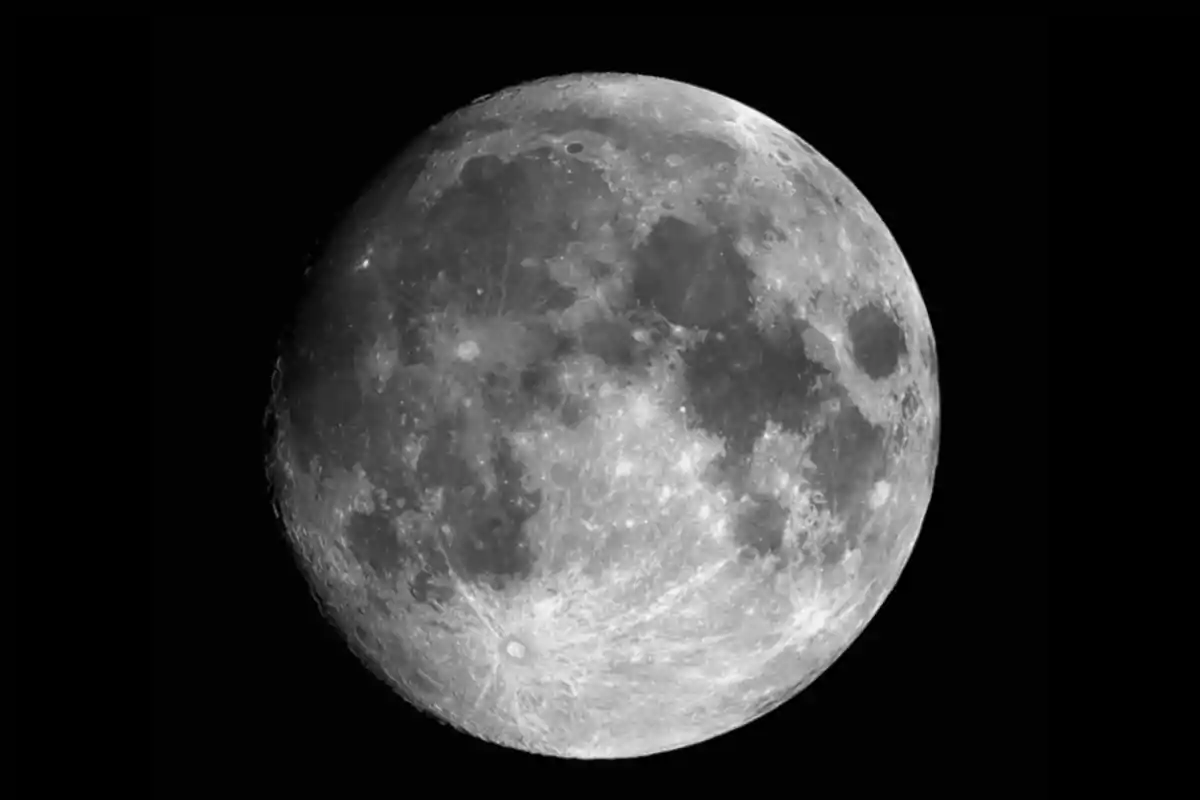
The secret operation that prevented a possible asteroid impact on Earth
A celestial body with a record collision risk mobilized the global scientific community
Asteroid 2024 YR4 triggered the highest impact alert ever recorded for an object of its size. With an initial 3.1% probability of colliding with Earth in 2032, the discovery set off a silent global operation.
Scientists, space agencies, and observatories around the world worked for weeks to pinpoint its orbit, estimate its size, and rule out a threat that kept the astronomical community on edge.
A chance discovery that triggered all the alarms
Everything began on December 27, 2024, when a white dot appeared on the ATLAS system screens in Hawaii. Astronomer Larry Denneau identified the signal and forwarded it to the Minor Planet Center in Massachusetts, as protocol dictates.
Almost simultaneously, the Catalina Sky Survey in Arizona confirmed that the object had passed close to Earth two days earlier.It was provisionally named 2024 YR4, and attention focused on its uncertain trajectory.
NASA, through the CNEOS Sentry system, warned that there was a real possibility of impact. The European Space Agency (ESA) and other institutions confirmed the assessment. It was not a simulation: the threat was real.
The initial size estimate ranged from 20 to 150 meters (66 to 492 feet). This variable was crucial: a small body could disintegrate, but a large one could cause catastrophic damage if it struck solid ground.
International alert and coordinated deployment
On January 29, 2025, the International Asteroid Warning Network (IAWN), backed by the UN, issued a global warning. Earth was facing a possible collision, and planetary monitoring mechanisms were activated.
From NASA, Kelly Fast urgently requested collaboration from observatories worldwide. However, the asteroid was already moving away and conditions for observing it were increasingly adverse.
Possible mitigation missions were even discussed, including the extreme option of using nuclear weapons to deflect its course. Although these were never carried out, the debates exposed the gravity of the situation.
Meanwhile, the Very Large Telescope in Chile refined the size estimate to between 40 and 90 meters (131 to 295 feet). On February 5, NASA approved the use of the James Webb Space Telescope to observe the asteroid from space.
A race against time under the moonlight
The James Webb confirmed that 2024 YR4 was about 60 meters (197 feet) in diameter. Other centers, such as Gemini South in Chile and MRO in New Mexico, contributed key data.
However, in February, the full moon made observations difficult. For a week, the telescopes were practically blind, which increased the tension in the scientific community.
When the new moon arrived, analyses resumed. On February 18, the probability of impact rose to 3.1%. However, the next day, new observations reduced it to 1.5%. On the 20th, with help from the Subaru telescope in Hawaii, it dropped to 0.3%.
Finally, on February 24, IAWN issued the long-awaited "all clear". The probability dropped to 0.004% and any risk to Earth was ruled out.

What if it hits the Moon?
Although the terrestrial danger was ruled out, the story of the asteroid did not end there. In March, a new unsettling calculation emerged: a 3.8% chance of impacting the Moon in 2032, a figure that rose to 4.3% in May.
If the impact occurs, it could be seen from Earth and leave a crater visible to the naked eye. The explosion would be comparable to hundreds of nuclear bombs. For science, it would be a unique opportunity to observe in real time the effects of a space collision.
"If that happens, it'll be unbelievable," said Larry Denneau. For many, what began as a global scare ended up opening a fascinating window into knowledge and planetary coordination in the face of cosmic threats.
More posts: